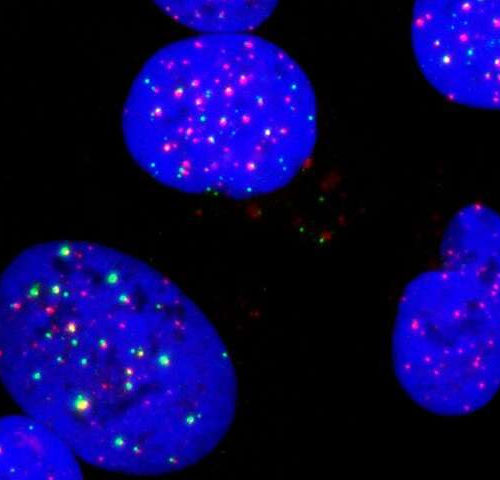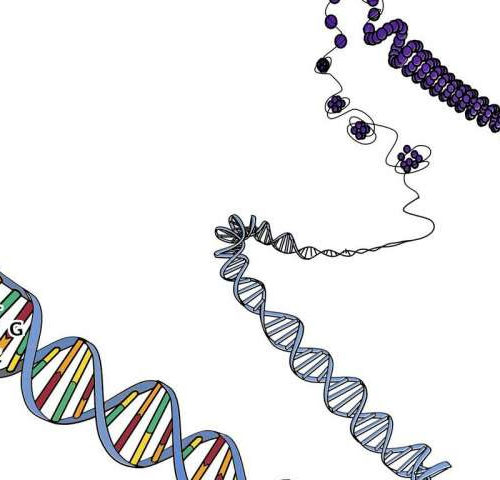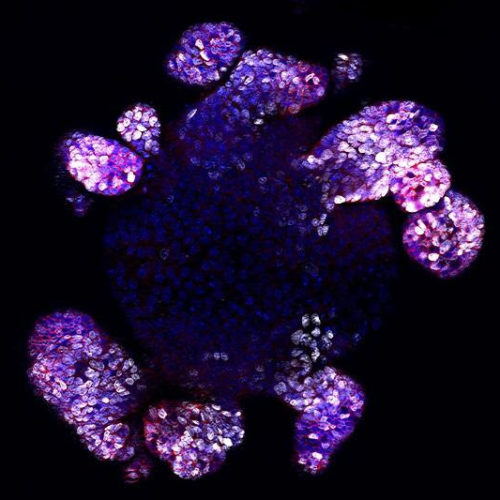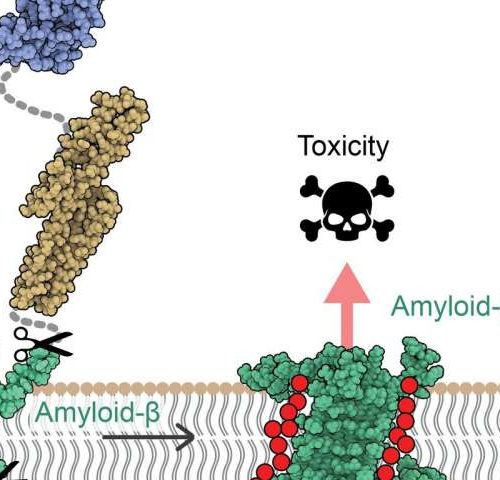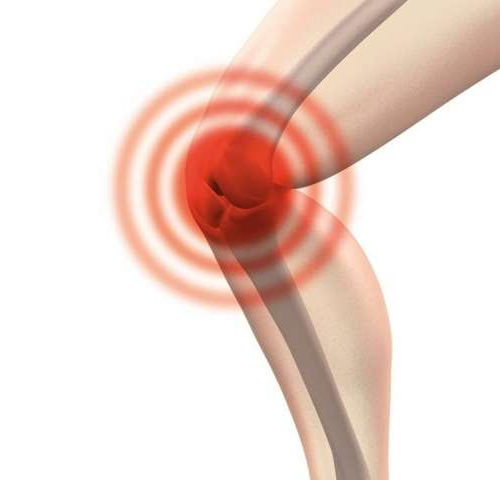by University of Bern The melanoma is a malignant tumor of the pigment cells. If diagnosed early, the tumor can be removed completely—and the chances of recovery are good. But in later stages, when the tumor has already spread or formed metastases in other parts of the body, the prospects become worse for those affected. No...
Tag: <span>Biomedicine</span>
Bacteria’s secret weapon revealed
Monash Biomedicine Discovery Institute (BDI) scientists have discovered a previously unknown method used by bacteria to evade immune responses. The study, published in Nature Microbiology, points to potential new ways of countering bacterial infections, which are becoming increasingly resistant to antibiotics. First author Dr Pankaj Deo said researchers in Dr Thomas Naderer’s laboratory took a...
TLK protein inhibition activates the innate immune system
by Institute for Research in Biomedicine – IRB Tousled-like kinases (TLKs) are a potential therapeutic target for cancer treatment due to their central role in DNA repair and replication. The latest work by IRB Barcelona’s Genomic Instability and Cancer Laboratory, led by Travis H. Stracker, concludes that TLK inhibition activates the innate immune system, a...
Scientists discover that a normal DNA repair process can become a major source of mutations in cancer
by Institute for Research in Biomedicine – IRB Hypermutation is an unusual occurence that can lead to many nearby mutations at once, severely damaging our genetic material and potentially causing cancer. The best known type of local hypermutation, called a mutation shower or thunderstorm, is quite uncommon and it leads to many mutations accumulated in...
How to repair your gut
MONASH UNIVERSITY FLUORESCENT PICTURE OF AN INTESTINAL ORGANOID (STAINED FOR THE PROLIFERATION MARKER KI-67 (WHITE), THE STEM CELL MARKER EPHB2 (RED) AND DNA (BLUE). view more CREDIT: (C) MONASH BDI In a world first, Monash University researchers have identified a key biomolecule that enhances the repair of your gut lining by prompting stem cells to...
A new mechanism of toxicity in Alzheimer’s disease revealed by the 3-D structure of protein
by Institute for Research in Biomedicine (IRB Barcelona) The amyloid precursor protein (APP) is inserted into the cell membrane of neurons. After sequential cleavage by β- and ?-secretases, the Aβ protein (in green) is released.The membrane oligomers are formed by 4 or 8 copies of the Aβ protein. The physicochemical properties of the edges of...
Specially designed footwear reduces pain of knee osteoarthritis
by Boston University School of Medicine Wearing shoes specifically designed with a novel sole (biomechanical footwear) significantly reduces the pain associated with knee osteoarthritis. Knee osteoarthritis affects approximately 275 million people worldwide and in 2017 was estimated to account for 8.3 million years lived with disability. Acetaminophen, non-steroidal anti-inflammatory drugs and opioids are most commonly...
SciLifeLab and AstraZeneca use cryo-EM to advance biomedicine
Research team of Alexey Amunts in collaboration with AstraZeneca unravel the extracellular region of the receptor tyrosine kinase RET involved in degenerative diseases. SCIENCE FOR LIFE LABORATORY The study published in Science Advancesreveals the mechanism by which the receptor tyrosine kinase RET can increase neuronal survival in degenerative diseases. To understand the mechanism of this signalling...
From Ayurveda to biomedicine: understanding the human body
What is a human body? This may seem a facetious question, but the answer will be very different according to which medical tradition you consult. Take Ayurveda, a traditional system of medical knowledge from India which has enjoyed a renaissance of popularity in the West since the 1980s – and is the subject of a...


